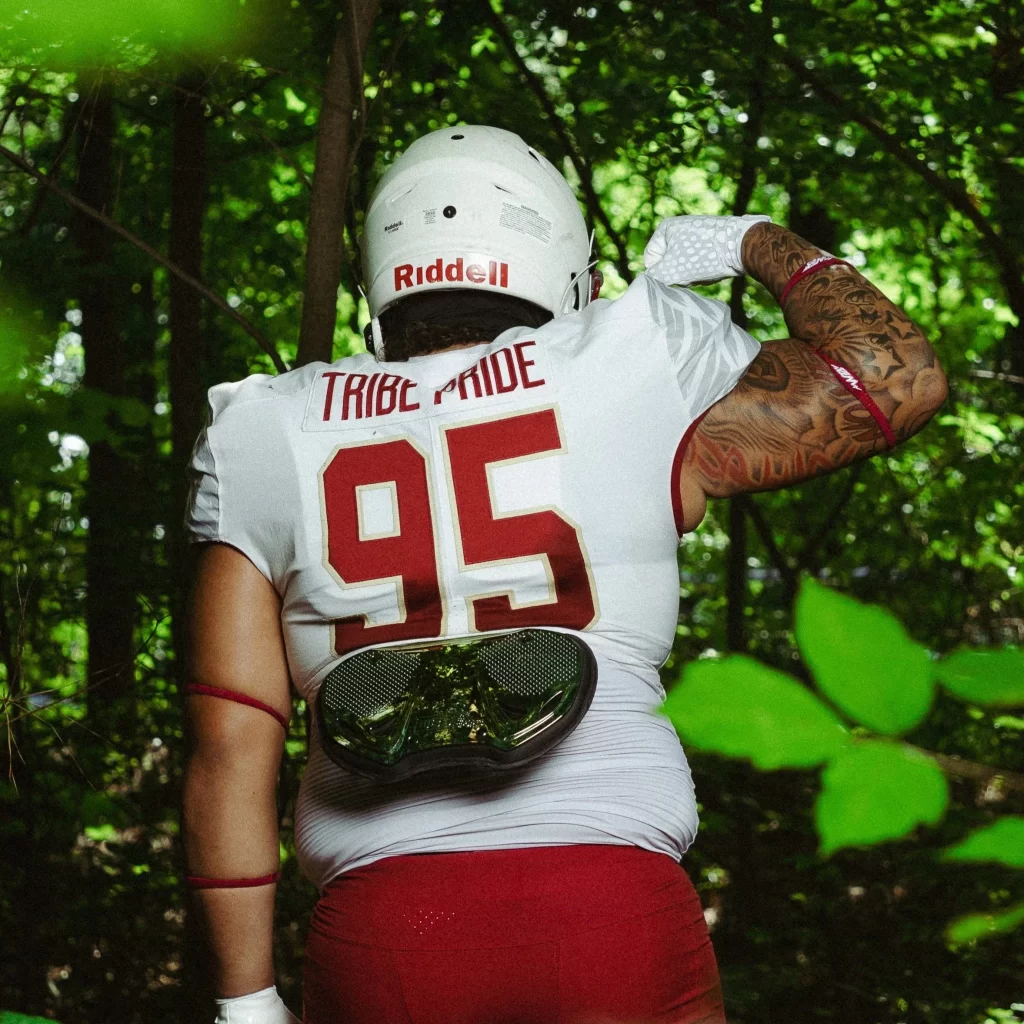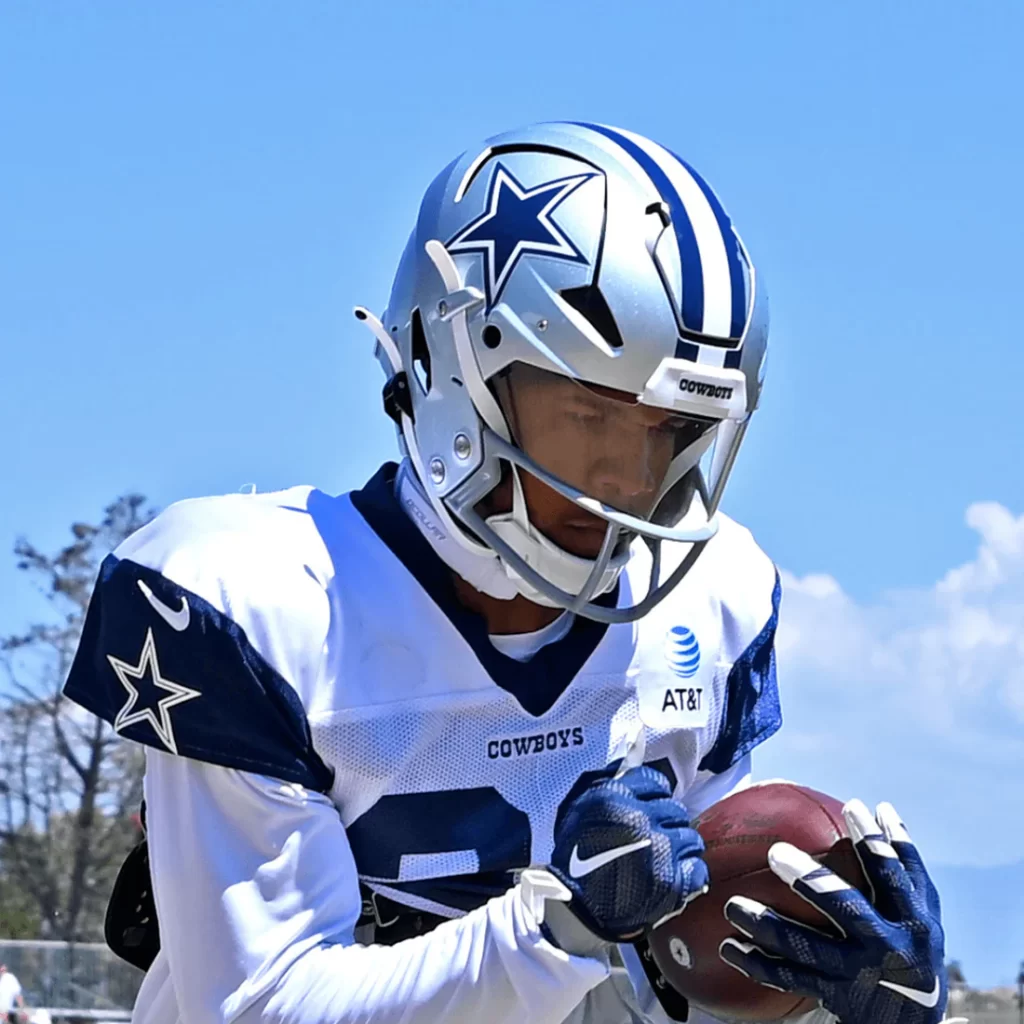Introduction
Football is a highly strategic and dynamic sport that requires each player on the field to fulfill specific roles and responsibilities. One of the key positions in football is the safety position. What is the role of a safety in football? In this article, we will delve into the definition and importance of a football safety, as well as discuss their various responsibilities.
Definition of a Football Safety
In football, the safety position refers to a defensive player who primarily operates in the secondary, typically positioned deep in the field. They are responsible for defending the passing game, providing run support, and analyzing the quarterback and offensive game plan.
Importance of the Safety Position
The safety position is crucial in a football team’s defensive structure. A skilled safety can greatly impact the outcome of a game by ensuring effective pass protection, stopping the run, and making game-changing plays. Their ability to anticipate and react quickly to both the quarterback and opposing team’s offensive strategies can be the difference between victory and defeat.

Responsibilities of a Football Safety
Deep Coverage and Pass Protection
One of the primary responsibilities of a football safety is deep coverage and pass protection. They are responsible for defending against long-range passes and preventing the opposing team from completing deep throws. This requires exceptional speed, agility, and anticipation skills.
- Zone Coverage Techniques
In zone coverage, the safety must effectively read and react to the opposing team’s routes. They need to be familiar with various zone coverage techniques such as Cover 2, Cover 3, and Cover 4. Understanding these techniques allows them to position themselves optimally to defend against the passing game.
- Recognition of Route Concepts
To effectively defend against the passing game, the safety must have a deep understanding of route concepts. They need to be able to recognize combinations of routes and anticipate the receiver’s movements. This allows them to make quick decisions on whether to drop into coverage or make an interception attempt.
- Ballhawk and Interception Skills
A great safety possesses ballhawk skills, meaning they have a knack for making interceptions. They must have exceptional hands, timing, and the ability to track the ball in the air. Their interception skills not only prevent the opposing team from gaining yards but can also provide a valuable possession change for their own team.
Run Support and Tackling
In addition to pass protection, the safety position also requires proficiency in run support and tackling. They need to be able to quickly identify runs, fill gaps, and tackle effectively in open-field situations.
- Gap Filling and Run Fits
To effectively support the run, the safety must have a solid understanding of the defensive scheme and their assigned responsibilities. They must fill gaps and fit into the run defense to stop or redirect the ball carrier. This requires discipline, agility, and the ability to diagnose the play quickly.
- Pursuit and Open Field Tackling
Once the ball carrier has broken through the defensive line, the safety must pursue and make open-field tackles. This is particularly crucial as the last line of defense, as a missed tackle can result in a significant gain or even a touchdown for the opposing team. Sound tackling techniques, such as wrapping up and leveraging proper form, are essential skills for a safety to possess.
- Impact on Stopping the Run
A skilled safety can greatly impact a team’s ability to stop the run effectively. By filling gaps, pursuing the ball carrier, and making tackles, they provide critical support to the front seven defenders. Their ability to shut down running lanes and minimize gains can force the opposing team into becoming more one-dimensional, which significantly benefits their own team’s defensive strategy.

Quarterback and Offensive Game Plan Analysis
Beyond on-field responsibilities, a football safety is also tasked with analyzing the quarterback and offensive game plan. This involves pre-snap reads, countering offensive strategies, and facilitating defensive communication and adjustments.
- Pre-Snap Reads and Alignments
Before the snap, the safety must analyze the quarterback’s alignment, offensive formation, and potential play calls. They need to make pre-snap reads to gather important information that can help them anticipate the play and position themselves accordingly. This includes recognizing potential passing or running plays and adjusting defensive alignments accordingly.
- Counteracting Offensive Strategies
The safety position also requires the ability to counteract offensive strategies. They must have a deep knowledge of offensive schemes, formations, and play-calling tendencies. By understanding the opponent’s game plan, a skilled safety can make adjustments on the fly and disrupt the opposing team’s offensive strategy.
- Defensive Communication and Adjustments
As a leader in the secondary, the safety plays a vital role in facilitating defensive communication and adjustments. They must relay information to the rest of the defense, including coverage adjustments, play calls, and potential threats. Clear communication and quick decision-making are crucial in keeping the defensive unit cohesive and responsive to the ever-changing dynamics of the game.

Skills and Attributes of a Successful Football Safety
Range and Speed:
A successful football safety needs to have excellent range and speed in order to cover a large area of the field. They must be able to cover ground in deep zones, which means they need to be able to move quickly from one side of the field to the other to defend against deep passes. Additionally, they need to be able to quickly close the distance to the line of scrimmage in order to provide run support when necessary.
Awareness and Instincts:
Another important skill for a football safety is awareness and instincts. They need to be able to recognize offensive patterns and tendencies in order to anticipate where the ball may be going. This includes being able to anticipate routes and play development, giving them an advantage in making interceptions or disrupting passes.
Tackling Technique and Physicality:
Tackling is a crucial skill for a football safety as they are often the last line of defense against opposing players. They need to have strong tackling technique, focusing on form tackling and wrapping up the ball carrier to bring them down effectively. Additionally, they should be able to shed blocks and disrupt receivers in order to prevent them from making catches or gaining yards after the catch.

Famous Football Safeties and their Impact
Ed Reed:
Ed Reed is widely regarded as one of the greatest safeties to ever play the game. Known for his revolutionary playmaking and ball skills, Reed made a significant impact on the Baltimore Ravens’ defense throughout his career. He had a natural ability to read offensive patterns and tendencies, allowing him to anticipate routes and play development. Reed holds the NFL record for longest interception return, showcasing his exceptional skills and instincts. His career achievements include being a 9-time Pro Bowler, an 8-time All-Pro, and winning the NFL Defensive Player of the Year award in 2004.
Troy Polamalu:
Troy Polamalu was known for his versatility and disruptive style of play. He spent his entire career with the Pittsburgh Steelers, where he made a significant impact on their defense. Polamalu had the ability to play both in coverage and near the line of scrimmage, making him a difficult player to game plan against. He was known for his incredible instincts and was often seen making game-changing plays, including interceptions and forced fumbles. Polamalu was a 9-time Pro Bowler, a 6-time All-Pro, and won two Super Bowls with the Steelers. His impact on the team’s defense was immeasurable, as he was a leader both on and off the field.
Highlighting iconic safeties from the NFL and college football
Safeties are the ultimate defensive Swiss army knives. They patrol the deepest part of the field, acting as the last line of defense against explosive plays. Their responsibilities are as varied as any position on the field, requiring them to be versatile and impactful in every play in 2024 and beyond.
Here’s a breakdown of a safety’s core duties:
- Pass Coverage: Safeties often defend tight ends, slot receivers, or running backs out of the backfield. They need to have good instincts to read the quarterback and break on passes quickly.
- Run Support: They come in close to support the linebackers against running plays, delivering bone-crushing tackles to stop ball carriers in their tracks.
- Versatility: Modern safeties need to be athletic enough to play both in coverage and close to the line of scrimmage. They might even be called upon to blitz the quarterback and disrupt the play in the backfield.
Legendary Safeties:
The world of football has been graced by some truly iconic safeties throughout history. Here are a couple of standouts from both the NFL and college football landscape:
-
NFL: Ed Reed (Baltimore Ravens) is widely considered one of the greatest safeties ever. His ability to read plays, create turnovers, and deliver highlight-reel hits made him a nightmare for opposing offenses throughout his career.
-
College Football: In the 2024 college football season, all eyes will be on Jalen Catalon (Florida Gators), a hard-hitting safety with a knack for making game-changing plays.
Safeties are the glue that holds a defense together. Their leadership, tackling prowess, and ability to adapt to different situations make them invaluable assets on the field. As the game continues to evolve, the role of the safety will only become more crucial in the years to come.

In conclusion, successful football safeties possess a combination of skills and attributes that allow them to excel in their position. Their playmaking abilities, versatility, and leadership qualities have solidified their legacies as some of the greatest safeties in NFL history.
